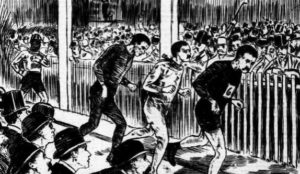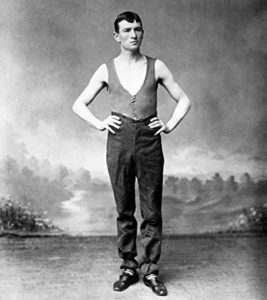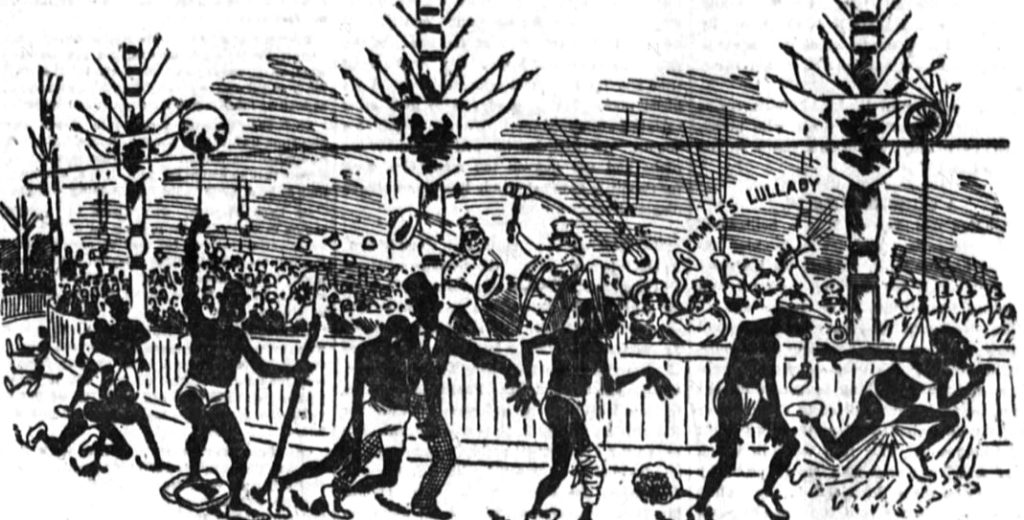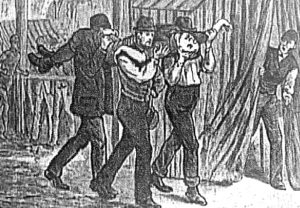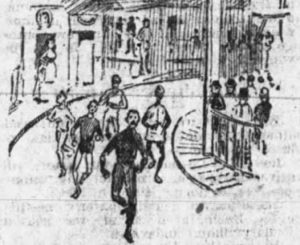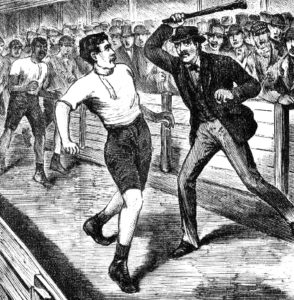Podcast: Play in new window | Download (Duration: 28:34 — 34.3MB)
Subscribe: Apple Podcasts | Spotify | Amazon Music | Android | Pandora | iHeartRadio | JioSaavn | Podcast Index | Email | TuneIn | RSS | More
By Davy Crockett
You can read, listen, or watch



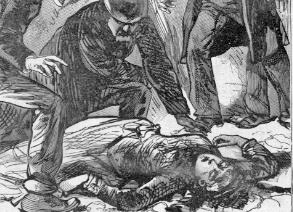 On April 24, 1897, ultrarunning/pedestrian champion Alice Robison was running in second place on the last day of a three-day race held at the Fifth Street Rink in East Liverpool, Ohio, with five runners. She was very intent on catching her long-time friend who was a few laps ahead of her. Needing a rest, she retired to her room provided at the Hotel Grand next door.
On April 24, 1897, ultrarunning/pedestrian champion Alice Robison was running in second place on the last day of a three-day race held at the Fifth Street Rink in East Liverpool, Ohio, with five runners. She was very intent on catching her long-time friend who was a few laps ahead of her. Needing a rest, she retired to her room provided at the Hotel Grand next door.
That afternoon, a man came into town on a train from Pittsburgh, Pennsylvania. The mustached man wore a new suit with a price tag still attached, and a white hat with a black band. He went to the hotel and inquired where Alice was staying. He ascended the stairs and went to the third-story room. Shortly after, a gunshot was heard! The porter of the hotel rushed into the room and found the woman on the floor bleeding from a gunshot wound in her head and saw the man leaning over her, holding a revolver. How could this happen, an ultrarunner was murdered during a race!
| Please help the ultrarunning history effort continue by signing up to contribute a little each month through Patreon. https://www.patreon.com/ultrarunninghistory |

